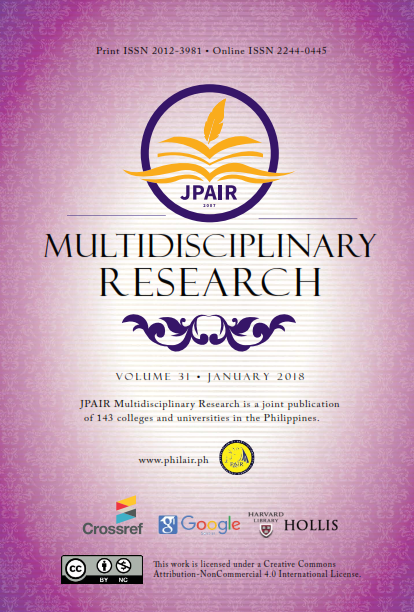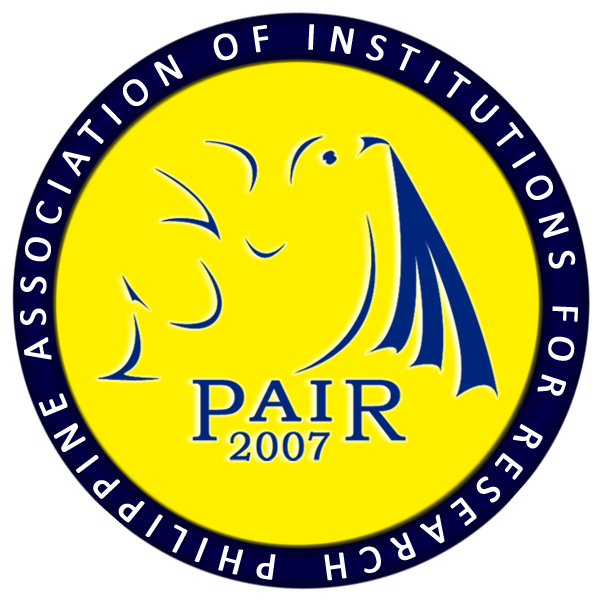Leading Light: The Lived Experiences of Neophyte School Leaders in the K to 12 Implementation
DOI:
https://doi.org/10.7719/jpair.v31i1.563Keywords:
Educational Management, neophyte school leaders, phenomenological study, PhilippinesAbstract
In an era of educational reforms, school leaders lived up to high expectations in implementing a new curriculum as the learning society demands improvements and transformation. How these neophyte leaders lived becomes an oblivious issue. This phenomenological study on leadership investigated the lived experiences, meaning and insights, and perceived achievements of neophyte school leaders in the Division of Negros Occidental. Anchored on Piaget's constructivist philosophy, trait theory and emotional resilience theory, the participants of the study were 3 principals and 3 assistant principals who were appointed in 2015 onwards and were selected through criterion sampling. The data were gathered through in-depth interviews and field observations. The data were analyzed using the Esterberg's qualitative analysis including immersing with the data, open coding, focused coding, development of themes and grounding the analysis. Member checking was utilized to establish the reliability of the themes. Findings showed that the lived experience of neophyte leaders included embracing the challenges of K to 12 Program while the meaning and insight was perceiving triumphs over challenges. The perceived achievement was employing strategies that work. The proposed training plan involved topics on adjustment strategies, professional dealings and collaboration techniques.
Downloads
References
Calot, E. (2016). Implementation of K to 12 Curriculum and the Learning Competencies in English in the Secondary Schools of the Division of Northern Samar. International Conference on Research in Social Sciences, Humanities and Education (SSHE-2016) May 20-21, 2016 Cebu. Retrieved from http://dx.doi.org/10.17758/URUAE.UH0516139.
Downloads
Published
Issue
Section
License
Copyright (c) 2018 Paulo E. Cabatac

This work is licensed under a Creative Commons Attribution-NonCommercial 4.0 International License.
Open Access. This article published by JPAIR Multidisciplinary Research is licensed under a Creative Commons Attribution-Noncommercial 4.0 International (CC BY-NC 4.0). You are free to share (copy and redistribute the material in any medium or format) and adapt (remix, transform, and build upon the material). Under the following terms, you must give appropriate credit, provide a link to the license, and indicate if changes were made. You may do so in any reasonable manner, but not in any way that suggests the licensor endorses you or your use. You may not use the material for commercial purposes.




















